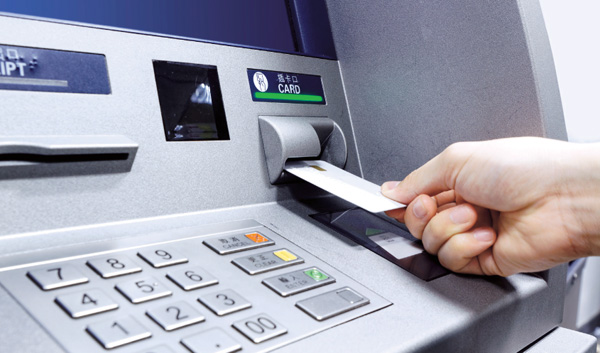Blame it on the survey and those who responded to it.
That's CUNA's explanation of why its original estimate that credit unions had a net increase of 650,000 members in October was off by about 400,000.
The trade association last week said 214,000 people joined credit unions in the month leading up to Nov. 5 Bank Transfer Day. That follows 227,000 new members in September. The NCUA reported that, based on reports from federally insured credit unions, those financial institutions added 450,000 new members in the third quarter.
Recommended For You
In all of 2010, 600,000 people joined credit unions, according to data compiled by the NCUA.
The 650,000 figure, which CUNA released the Thursday before Transfer Day, drove extensive media coverage of the event. It was cited in The Wall Street Journal, The New York Times and other publications and wire services.
CUNA Chief Economist Bill Hampel said that when it sent out its survey to credit unions. the instructions were vague and as a result some respondents combined new members with new share draft accounts when reporting the data. In October, credit unions opened approximately 400,000 new share draft accounts.
"When we asked about new members, credit unions included people who had been members but had opened share draft accounts. And having a share draft account deepens the member's relationship with the credit union," he said.
CUNA asked, "Since Sept. 29, has your credit union seen growth in membership and accounts?" And the next survey question asked credit unions to "estimate the growth of members."
In September, the last month for which CUNA has estimates, of the 93.5 million credit union members, 47.9 million did not have share draft accounts and 45.6 million did.
Hampel said, however, that they are standing by their estimate that credit unions gained 40,000 on the actual Bank Transfer Day.
American Bankers Association Senor Economist Keith Leggett said he's not surprised that CUNA revised its estimates downward and said there were flaws in the survey.
"The survey obviously caused confusion because people didn't know what they were being asked," said Leggett, a credit union critic who writes a blog on credit union trends.
"They obviously didn't adequately control for selection bias. Those credit unions that responded are the ones that experienced an increase in members. There is no doubt that membership growth at credit unions was strong in the short term, just not as strong as CUNA said and it remains to be seen how much that will continue," he added.
Bank Transfer Day began on the Internet when Los Angeles art gallery owner Kristen Christian became angry when Bank of America announced a plan to charge $5 per month for people that use debit cards. The charge, which the bank eventually decided not to levy, was a response to the Federal Reserve's capping of debit interchange fees. The Dodd-Frank financial overhaul that Congress passed last year required the Fed to regulate those fees.
In contrast to CUNA, NAFCU didn't issue an estimate of new accounts that were opened as a result of Bank Transfer Day and the rival trade association declined to comment on CUNA's data revisions.
NAFCU said its website, culookup.com, had a record number of page views on Bank Transfer Day but declined to reveal a number. The group said a survey of its members found that 54% reported an increase in share growth or fees because of Bank Transfer Day. The survey also found that 41.7% of respondents
have experienced a share growth increase of more than 20% in October.
NAFCU's survey also found that 21.7% of those surveyed said share growth in October was more than 20% greater than in October 2010. The trade association also reported that 63.9% of all responding credit unions reported an increase in membership in October.
CUNA reported that its credit union search website, asmarterchoice.org, received 71,000 hits the day before Bank Transfer Day and 61,000 hits on the actual day.
© 2025 ALM Global, LLC, All Rights Reserved. Request academic re-use from www.copyright.com. All other uses, submit a request to [email protected]. For more information visit Asset & Logo Licensing.







